By Vicky Bennett / GMS Administrator
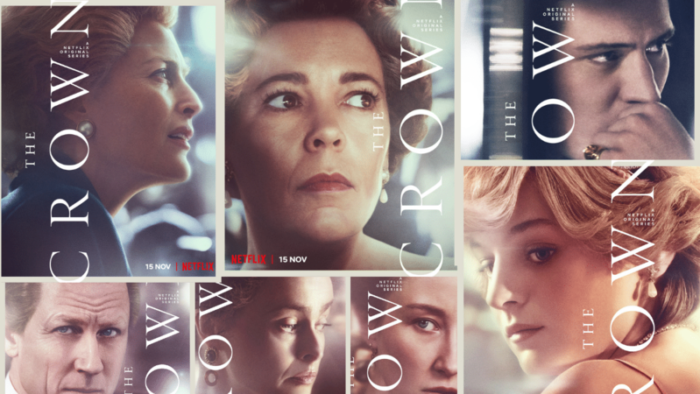
The Crown is a Netflix favourite for millions of people around the world, and it’s no secret that there has been a buzz around the newest season, (with 29 million viewers tuning in to the first week of its season 4 release – that’s 600,000 more people who tuned in to The Royal Wedding in 1981)!
This season focuses on the 80s era featuring Princess Diana, Margaret Thatcher and the reprising character, Queen Elizabeth II.
Along with the drama, comes a thrilling and encapsulating soundtrack to fit the story, including a few classics from Stevie Nicks, Billy Joel and Duran Duran.
With this in mind, we had the pleasure to speak to Music Supervisor, Sarah Bridge, who delves into her process for the newest season and tells us exactly why she chose the songs she did.
- In this season of The Crown, 80s classics have been deeply rooted into the show which was a strong choice, especially when taking into account the era these events occurred in, along with Princess Diana’s character.
Therefore, choosing many 80s hits was a very creative and perhaps risky but successful choice, considering the juxtaposition between the modern roots of Lady Diana’s style and the upholding of traditional and classic styles within The Royal Family.
— With this in mind, which scene did you most look forward to working on after you initially read the script for this season, and why did you feel that music in this particular scene was most fitting for it?
Sarah: Season 4 was a very exciting prospect musically. In part due to us stepping into the ’80s and of course due to the stories depicted in Peter Morgan’s phenomenal writing.
One vision we had from the outset was to feature more needle drops throughout this Season, it felt like a natural progression as we step into the ’80s and the younger generation of the Royal Family begin to take centre stage.
Some of the songs were chosen in the early stages of pre-production and others came later once into the edit. The choice of song is naturally influenced by the character and narrative at play.
This season focuses heavily on a young Lady Diana and the vast transitions she went through at a very early age. We witness both her incredible strength of character grow throughout the season intermixed with visions of her vulnerability, loneliness and longing to belong, to be loved.
I think one of the most prominent moments that exemplify this is the use of “Song For Guy” by Elton John in episode 3. A scene in which Diana is feeling utterly alone and despairing, she is losing herself in dance and music – it is a bittersweet moment of sadness and empowerment. We explored several ideas for this sequence but the chosen song just captured all of the emotional energy and movement of her performance
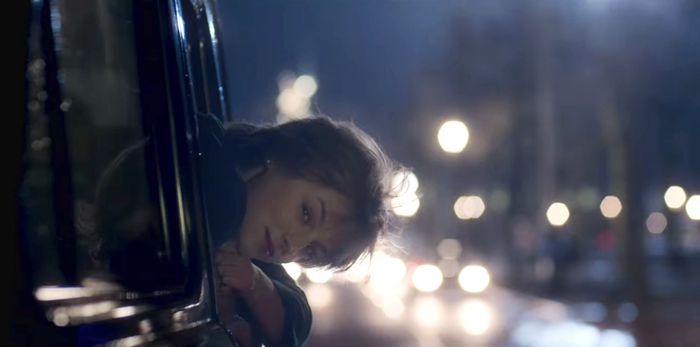
- In episode 3, Stevie Nicks sings Edge of Seventeen to accompany and narrate the intense joy Diana feels after being proposed to. It plays as Diana and her housemates are travelling to the club to celebrate what you could say is the last of her normality before diving deep into the customs of being royal.
By the end of this episode we hear this significant track again over the credits, yet this time we only hear Stevie Nicks’ isolated vocals, which could be a nod to mirroring Diana’s isolation in the palace. This shows us how little time there is in the huge contrast between the emotional high Diana once felt, to now an emotional low right before her wedding.
— When in the process did you decide this was the right song to express Diana’s happiness at this moment, and after it was agreed by the director to use this song, what process did you go through to achieve the raw a cappella from Stevie Nicks?
Sarah: This song was chosen in advance of filming the scenes. I presented the idea of featuring a commercial song across the montage and to end with it playing in the club where Diana and friends are dancing.
The opening of this episode is the happiest we see Diana in the show and the director Benjamin Caron and I both felt that the song captured the spirit of the euphoric joy that Diana was feeling in this moment.
We were sent the stems for editing purposes and whilst listening through were captured by the raw beauty and haunting feel of the acapella, this led to us trying it over the end titles, it felt very significant and connected to the place of isolation where Diana finds herself at the end of the episode.
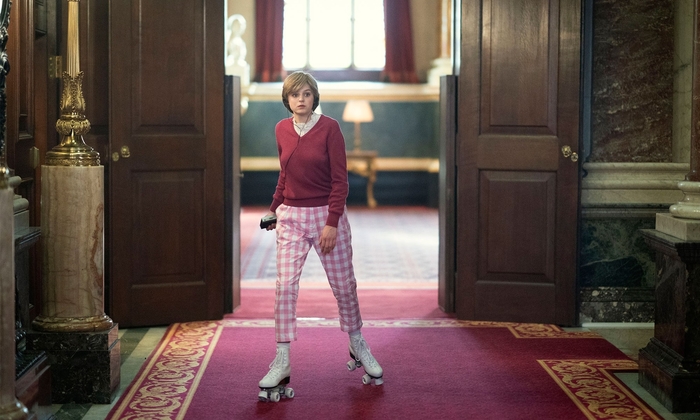
- Some of my own favourite artists have been presented within this season, with iconic hits from Duran Duran, Elton John, Diana Ross, Billy Joel and Queen (To name a few)!!
— How did you ensure that Diana’s own music influence was clearly portrayed to the viewer, which could help them empathise the same joy, sadness, empowerment or silent rejection she felt?
Sarah: Upon my initial research into Diana’s musical tastes, I learnt that Duran Duran was one of her favourite bands, it naturally felt very important to feature them at some point in the show.
We feature them playing from her Walkman whilst she roller-skates within the walls of the palace a scene in which we see Diana’s adventurous spirit captured alongside feeling incredibly constrained.
The music throughout the season (most notably in episode 3) is featured and used as a comforting escape for her from the realities of what she is living through.
Alongside the research the role of the music supervisor is to explore and deliver creative ideas that heighten the narrative at play, that compliment the characters and tonally lift the film. We go on an incredibly emotional journey with Diana and sought to score this both with Martin Phipps’ original music and songs that felt true to her character.
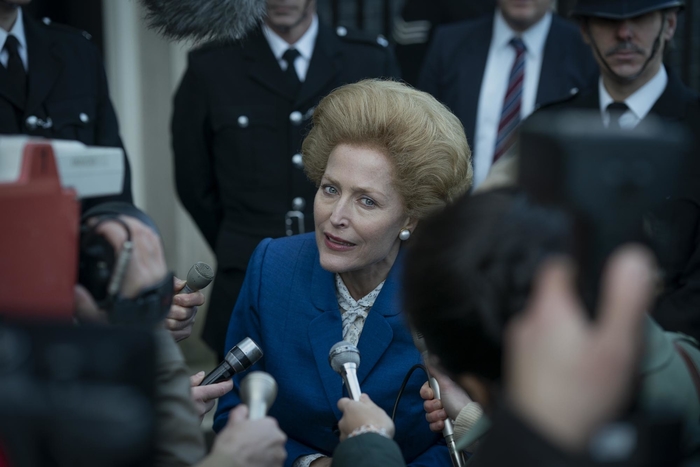
- Meanwhile, as Margaret Thatcher’s reign as Prime Minister continues in the ever-developing season, the unhappiness of the public reacting to her economic policies throughout the years is prominent and conveyed through episode five’s main character, Michael Fagan.
Fagan is a disgruntled member of the British public working class and at every turn that he faces in both his personal and work life, he hits what seems to be, never-ending dead ends. This is shown in the music to give the running commentary of hardship caused by Thatcher in this episode with The English Beat’s, ‘Whine and Grine/Stand Down Margaret’ as a rather fitting musical number from the public’s point of view.
— ‘Twenty Four Hours’ by Joy Division, seemed to foreshadow Fagan’s actions and emotions for his breaking into Buckingham Palace to speak with Queen Elizabeth II. When did you realise and decide that this and the rest of the soundtrack featured in this episode was the style of music you wanted to represent Fagan and the public’s dissatisfaction?
Sarah: As we know, the Thatcher years were a politically explosive time in the UK and I delved into researching music that played a strong social, cultural and political role throughout this period.
I loved working on this episode, it felt like a stand-alone piece musically within the season. It was a chance to shift the tonal landscape and connect to Michael Fagan’s world and his representation of a disillusioned Britain.
I was drawn to explore songs that invited the audience into Fagan’s world and reflected the tonal landscape at play, featuring bands such as Joy Division, The Cure, The Specials. It was really important to give authenticity to this period through music whilst juxtaposing the bleakness of his world, a disillusioned Britain against the richness of the Royal Family.
Margaret Thatcher’s politics received a musical uprising throughout the 1980s. A wealth of politically motivated and protest songs led to Thatcher being one of the most condemned politicians in British music.
We represented this via the music of Linton Kwesi Johnson (whose music we feature later in the show) and ending the Fagan episode on “Stand Down Margaret” by The Beat, a song that was released just one year after her time in office.
- — Can you give us an insight into some of the on-camera moments where the recordings needed to be fine-fitted to picture?
Sarah: As with Season 3, there were multiple on-camera performances to organise ranging from the bagpiper in Balmoral, through marching bands to the jazz band playing “New York, New York” live on set in episode 10, but the following two scenes were particularly involved and a lot of fun to bring to life;
Episode 6, Diana and Charles dance to “Can’t Take My Eyes Off of You” I hired an arranger to orchestrate the new arrangement for the function band to be performing on set. We pre-recorded this song in a studio in London and then featured the same musicians and singers on-camera.
This scene was based on archive footage from the tour, the song was decided upon as we collectively felt it captured this moment of a growing understanding and connection between Diana and Charles, alongside injecting some fun and glamour to the performance.
Episode 9 “All I Ask of You” from Phantom of the Opera “All I Ask of You” from Phantom was a live recording captured on the day of filming, we worked with ALW’s company to provide us with all score parts and also hired one of the shows original conductors to feature on-camera for the day of recording/filming.
From memory, we were all on stage by 7 am set up to record the orchestra ahead of filming commencing – it was a long day!
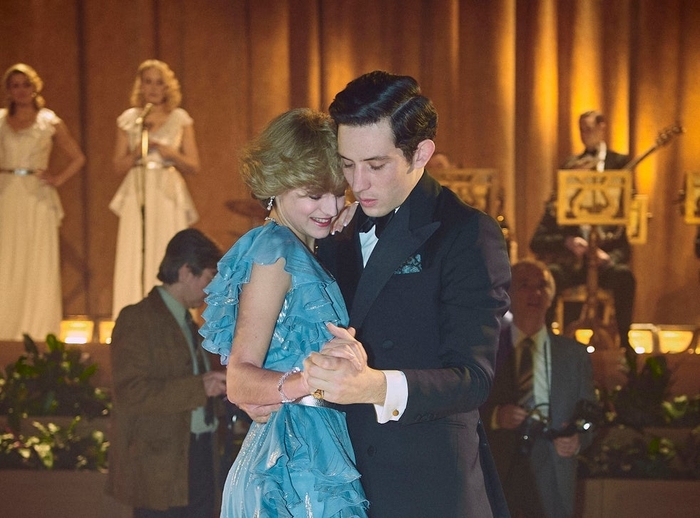
- This season of The Crown has remarkable period music which soundtracks the drama, the joy and the sadness that is sprinkled throughout both the characters and the story, to the viewer.
— ‘Once final mixing took place, which was your favourite scene and musical moment to watch back?
Sarah: It is hard to pinpoint one individual song/scene, but I would definitely say it is episode 3 that was the most enjoyable (and heartbreaking) watch of this Season.
Thank you, Sarah, for taking the time out to speak with us here at GMS, we wish you the best in your future work!
You can stream The Crown, Season 4, on Netflix now!
